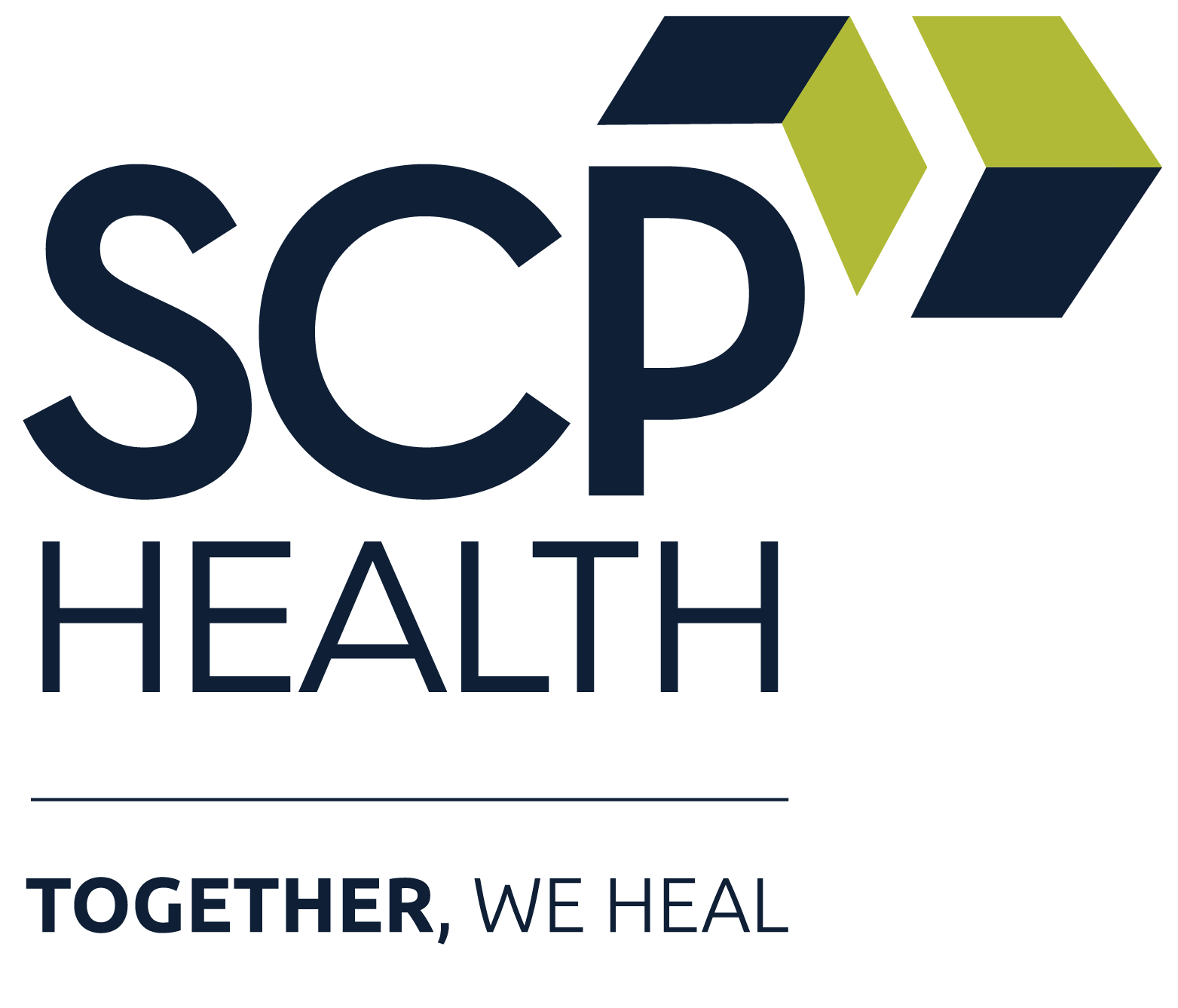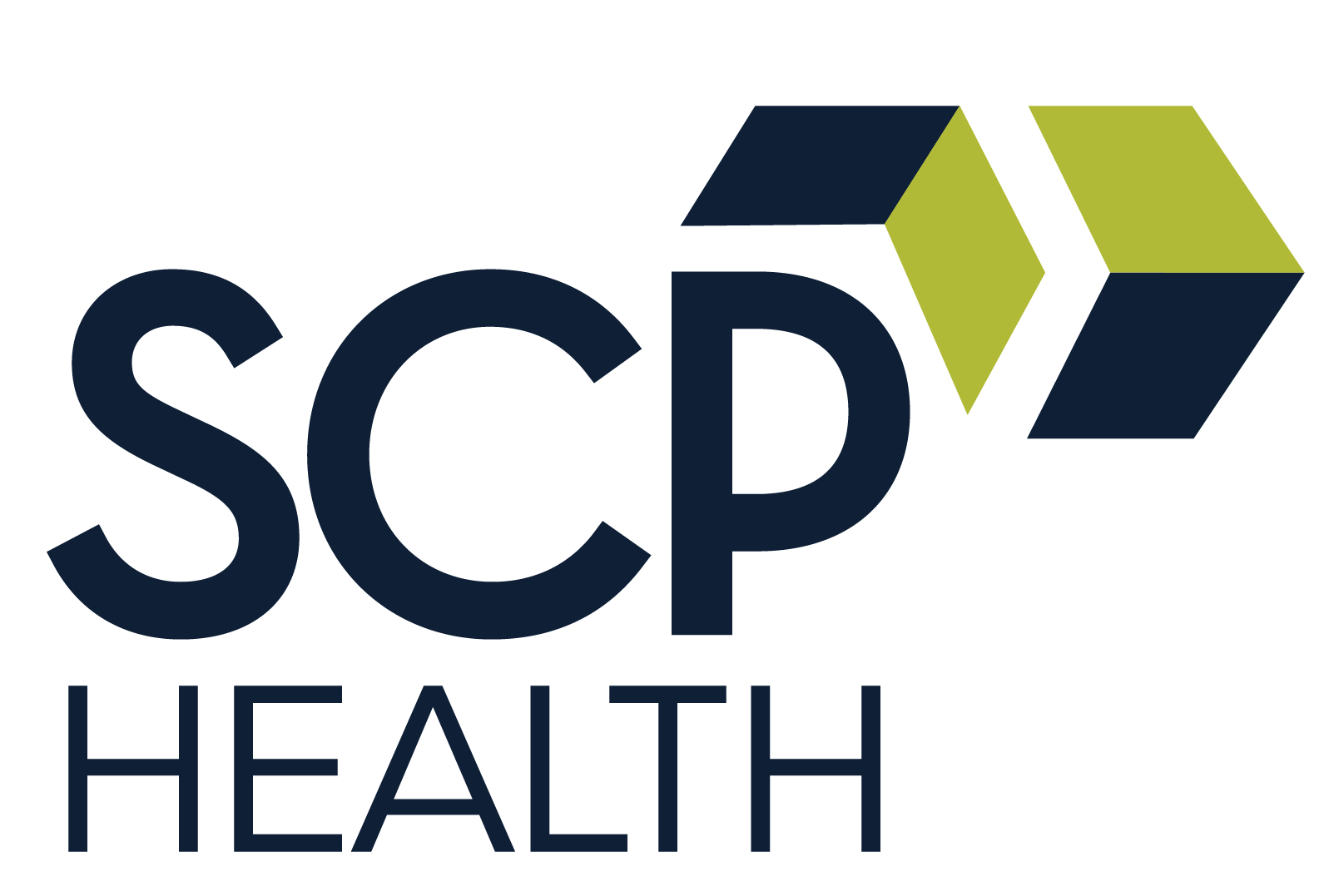Each month, hospital executives review clinical and financial data using the Case Mix Index (CMI) as a barometer. CMI is a relative value assigned to each Diagnostic Related Group (DRG) that affects resource allocation for patient care and treatment.
A rising CMI could imply that a hospital is treating more complex patients, resulting in higher insurance reimbursement per patient. A declining CMI, on the other hand, could suggest a shift in surgical volume, a lack of thorough documentation, or improper DRG coding.
As margins shrink, hospital administrators look for strategies to enhance revenue generation. Accurately capturing CMI is one such strategy. Although CMI is a facility metric driven by surgical and medical patient characteristics, hospitalists manage most admitted patients, so their documentation plays a crucial role.
By documenting complications or comorbidities (CCs) and major complications or comorbidities (MCCs) that accompany a diagnosis, hospitalists ensure they assign the correct DRG to a patient, ultimately capturing CMI. This practice helps the hospital bill for the appropriate DRG and improve its CMI.
Let’s take a closer look at aspects of clinical documentation hospitalists use to drive CMI and related hospital metrics, including a few essential details to include when documenting.
Length of Stay
Length of Stay is typically measured using four variables: Average Length of Stay (ALOS), Geometric Mean Length of Stay (GMLOS), Observed Over Expected Length of Stay, and Case Mix Adjusted Length of Stay (CMA-LOS).
Average Length of Stay (ALOS)
Hospitals use a simple formula to determine ALOS. Average Length of Stay is an Arithmetic Mean Length of Stay and is calculated by the number of patient days divided by the number of patients.
Geometric Mean Length of Stay (GMLOS)
ALOS gets tied to GMLOS as a performance benchmark. GMLOS is a statistical, mathematical term calculated by multiplying the length of stay. It then takes the nth root of that number to determine the estimated length of stay. This formula pulls in and narrows the outliers, and is useful for number sets that have wide fluctuations as length of stay does. Geometric Mean Length of Stay, arguably, is more valid for long-term evaluation compared to the Arithmetic Mean Length of Stay.
Observed Over Expected Length of Stay (LOS O/E)
The Observed Over Expected LOS — ALOS divided by GMLOS — is a way to represent the difference between ALOS and GMLOS as a marker of performance. If the ratio is less than or equal to one, that LOS meets the necessity of care based on the CMI.
Case Mix Index-Adjusted Combined Length of Stay (CMA-LOS)
The Case Mix Adjusted LOS (CMA-LOS) is a high-level measure of operational efficiency, eliminating higher or lower than average patient acuity. It is a secondary method that takes a different route than the Observed Over Expected LOS, which is more specific to the patient’s illness and is a proven indicator to determine medical appropriateness.
CMI-Adjusted LOS (CMA-LOS) is the ratio of expected hospital care days utilized, adjusted for the documented severity of illness, and is calculated by the GMLOS divided by the group’s CMI.
This newer calculation is intended to utilize the acuity level of patients, not only the diagnosis but also the severity of illness, to ensure the length of stay is appropriate. A CMA-LOS of less than three is considered medically appropriate.
Mortality
Mortality is tied to DRGs and CMI as an indicator of a patient’s severity of illness. It includes the Mortality Rate, Expected Mortality, and Mortality Index.
Mortality Rate
The Mortality Rate is an arithmetic calculation of observed or actual patient deaths, a number determined by the total number of deaths divided by the number of discharged patients.
Expected Mortality
Expected Mortality is the percentage of deaths expected in patients with a particular DRG based on age, gender, and other medical issues. The expected mortality rate for a hospital depends on its unique combination and volume of DRGs.
Mortality Index
The Mortality Index — also referred to as Observed Divided by Expected Mortality or Risk-Adjusted Mortality — compares the observed to the expected mortality rate. A rate of less than one means a hospital’s mortality rate equals the expected—the lower the rate, the better.
The Need for Proper Documentation
Hospitalists are responsible for overseeing the complete management of patients in all conditions and diagnoses, making the accuracy of their documentation critical. That includes conditions often categorized as CCS or MCCs — secondary diagnoses, whether acute or chronic — associated with the principal diagnosis for which the patient is admitted.
The expected length of stay and mortality for a particular patient is decided by how ill the patient appears to be based on the documentation. As a result, reporting all eligible diagnoses improves the accuracy of the LOS and Mortality indices.
For example, if a patient comes in with sepsis secondary to pneumonia, the hospitalist needs to state that. If the patient has acute hypoxic respiratory failure secondary to pneumonia, that also needs to be expressed.
Related Resource: ‘Think with Your Ink:’ 4 Reasons Why Proper Medical Record Documentation Is Vital
The goal is to accurately capture the patients on paper. Documentation must reflect all diagnoses in order of severity and include linkages between diagnoses.
Hospitalists must also use specific language that translates to ICD-10 codes, understanding that ICD-10 coding terminology and provider terminology are not always the same. There have been several significant changes since ICD-9, and codes are updated almost daily to be more specific.
Significant details determine the diagnosis, so documentation won’t capture the appropriate prevalent or secondary diagnosis if not done correctly. Hospitals that lose the complexity of patient conditions based on improper documentation risk the potential for lower reimbursement.






